-
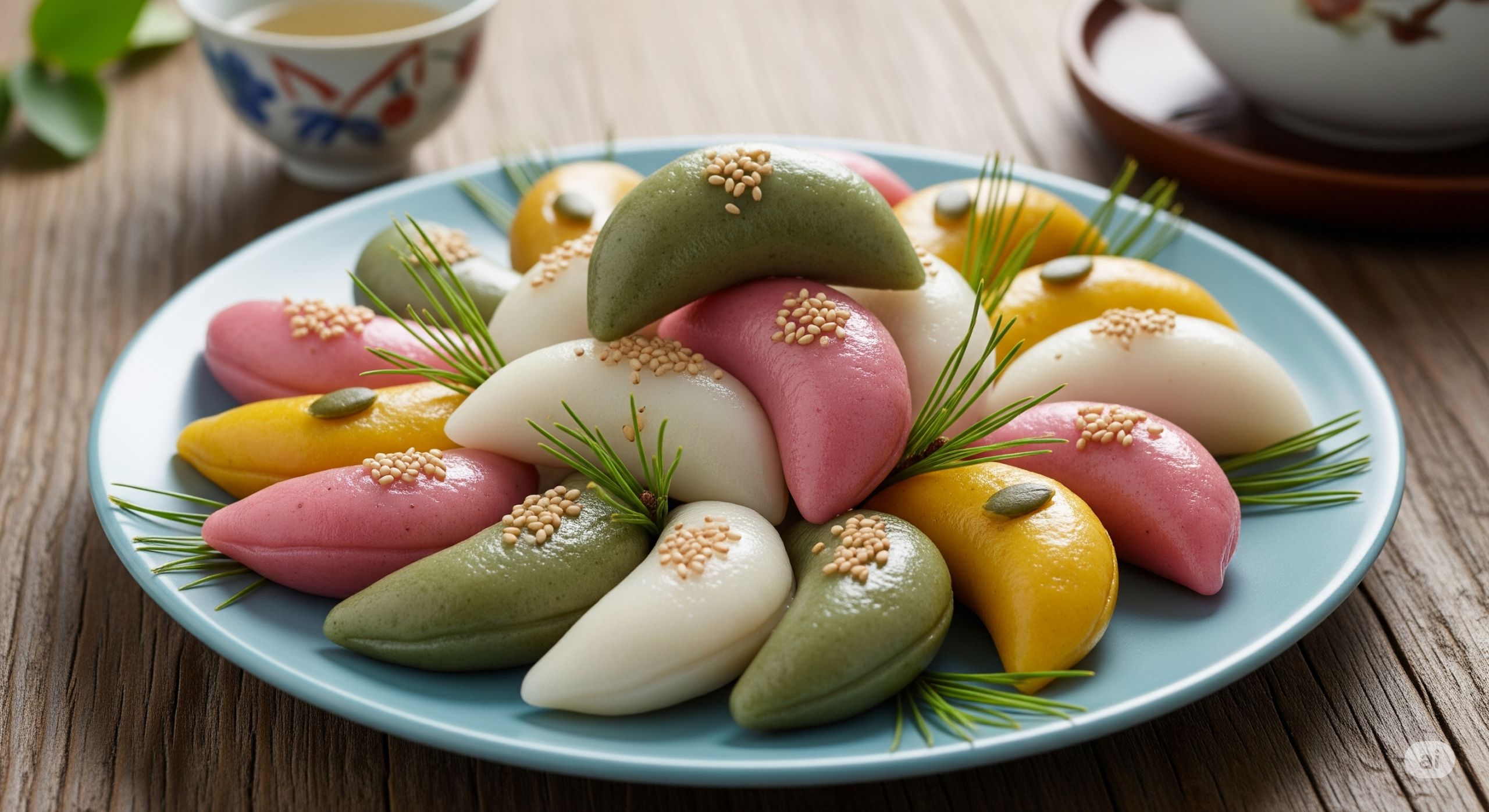
Since songpyeon contains healthy fillings like sesame seeds or beans, does it raise blood sugar much more slowly than plain rice cakes?
1. The Basic Nature of Tteok (Rice Cakes) Regardless of the type, the essence of any tteok is ‘highly concentrated refined carbohydrate.’ Through the process of steaming and pounding rice flour, it is transformed into a very easily digestible form that raises blood sugar very quickly and steeply. While there may be slight differences depending…
-
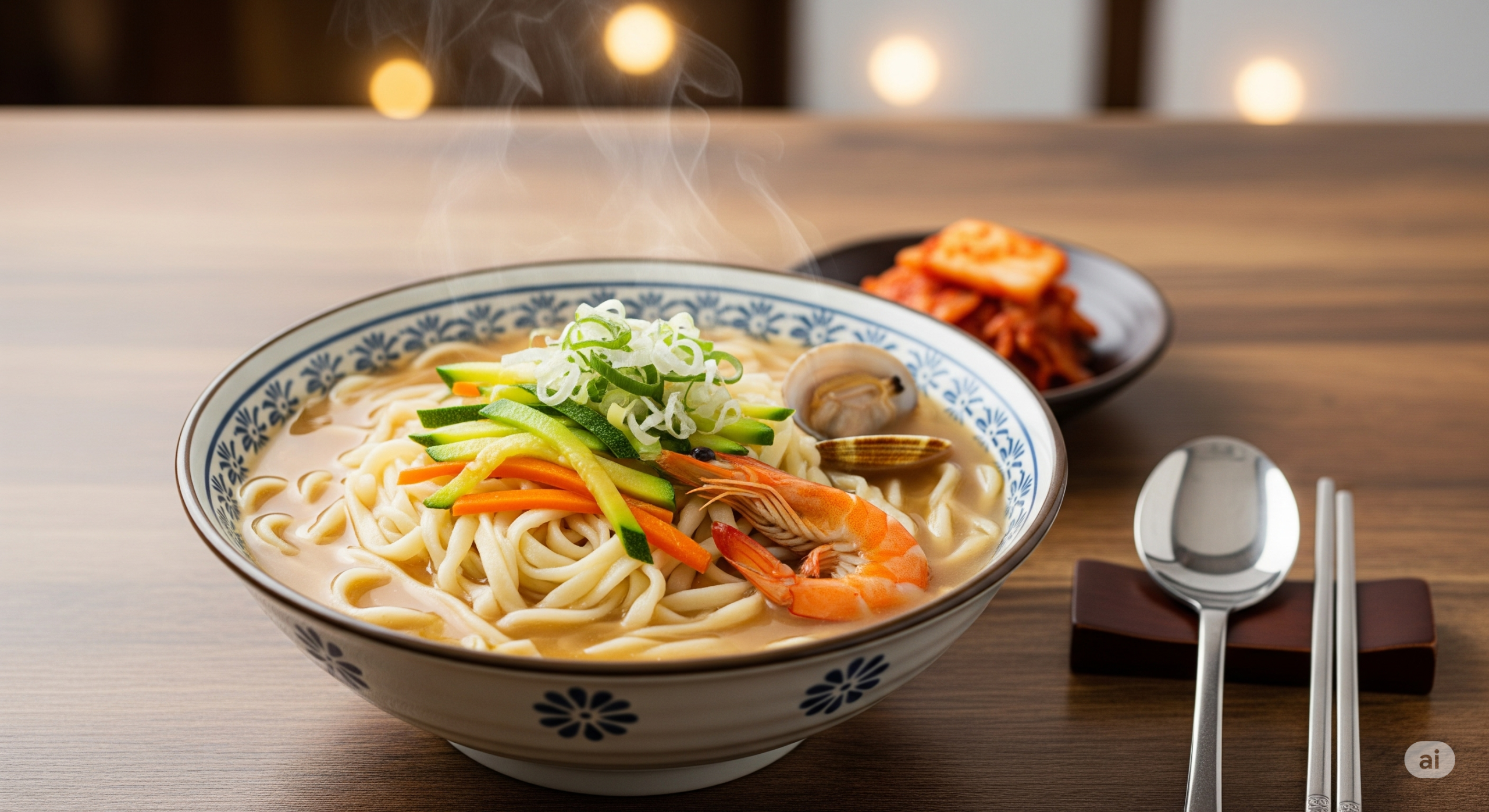
If you eat kal-guksu (knife-cut noodle soup) with its broth, is the carbohydrate absorption slowed down, resulting in less impact on blood sugar?
1. Kal-guksu: The Pitfall in the Broth Kal-guksu is a warm noodle dish enjoyed by many. However, it is a food that requires caution for people with diabetes in several respects. 2. The Effect of the Broth on Blood Sugar – Dissolved Starch: During the process of boiling the noodles, the wheat flour starch from…
-
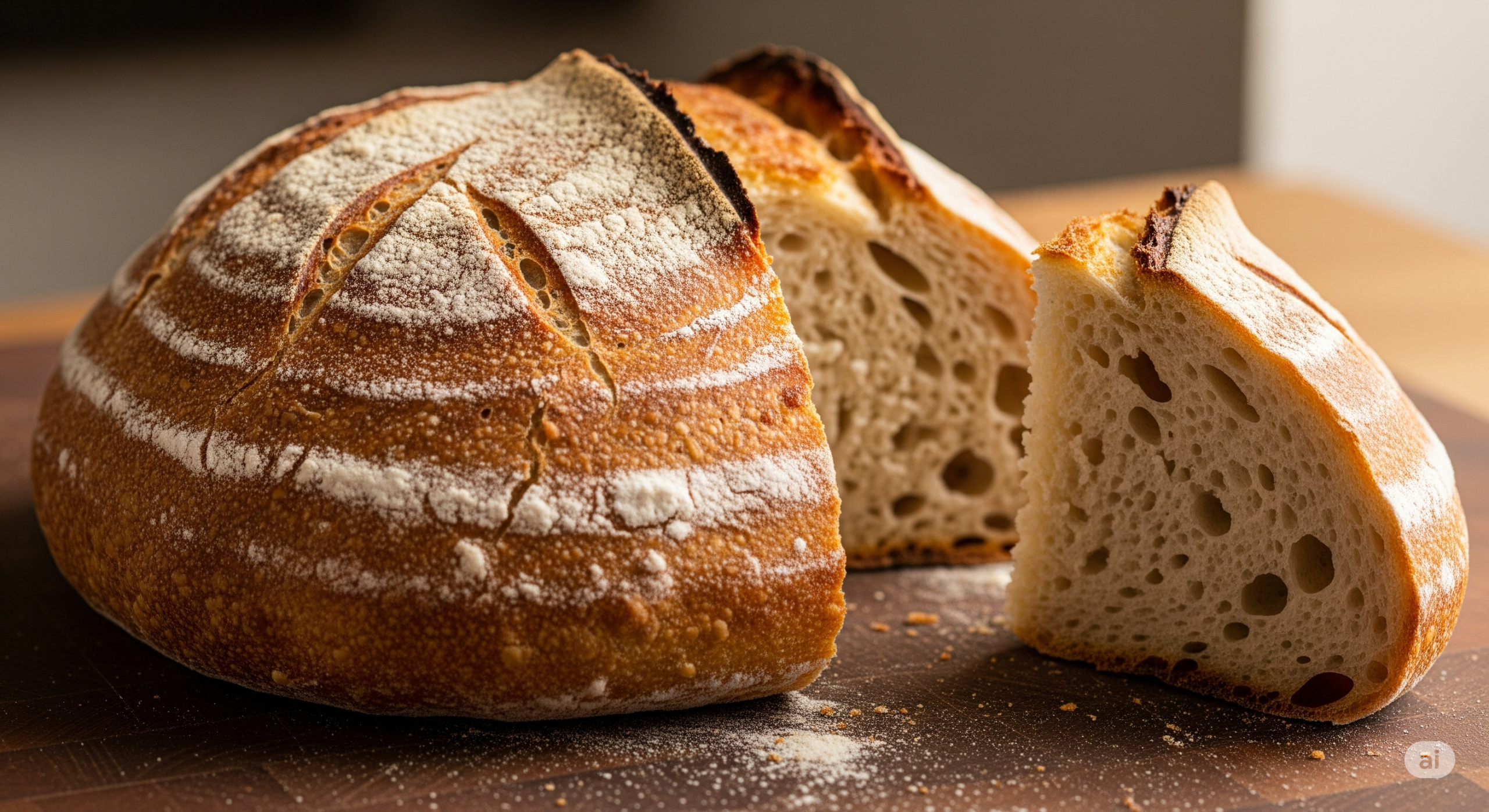
Can sourdough bread, made with a natural starter, be easier to digest and raise blood sugar more gradually than regular white bread?
1. What is Sourdough Bread? Sourdough bread is made by using a ‘natural starter (levain),’ which is cultivated naturally from flour and water, instead of commercial yeast, and fermenting it slowly over a long period. This special fermentation process gives sourdough bread health benefits that distinguish it from other breads. 2. The Fermentation Process and…
-

Is the brown crust of sandwich bread rich in fiber, making it better for blood sugar management to eat the crusts?
1. Why is the Bread Crust Brown? The soft inner part and the brown crust of a slice of bread are made from the exact same dough. The reason the crust is brown is that it was directly exposed to the high heat of the oven during baking, causing the ‘Maillard reaction’ and ‘caramelization’ to…
-
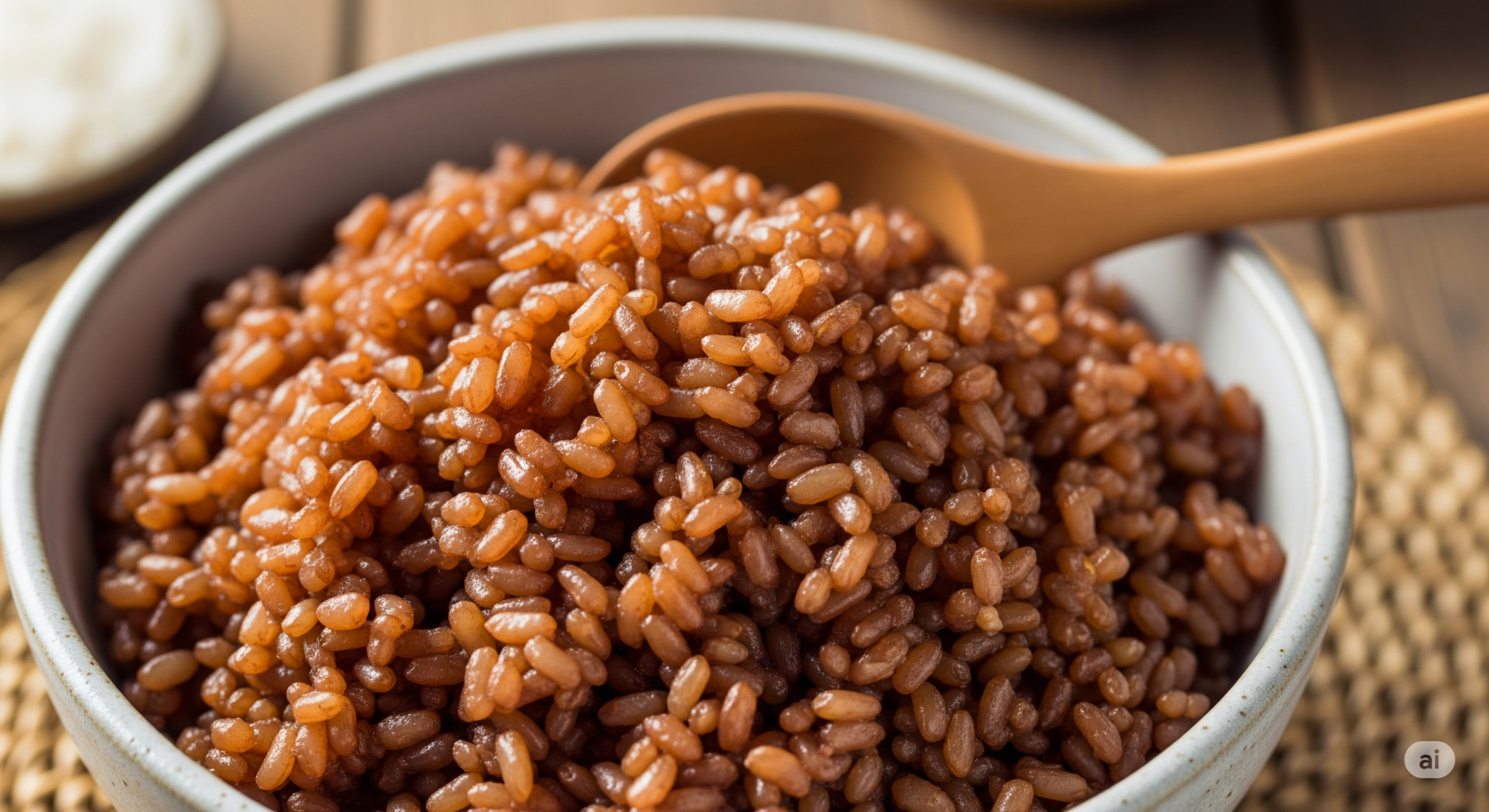
Does glutinous brown rice, while chewier than regular brown rice, raise blood sugar faster?
1. The Difference Between Glutinous and Non-Glutinous Rice The rice we eat is broadly divided into non-glutinous (regular) and glutinous rice. The biggest difference between them is the ratio of ‘amylose’ and ‘amylopectin,’ which make up the starch. – Non-Glutinous Rice: A mix of amylose and amylopectin in about a 2:8 ratio. Amylose has a…
-
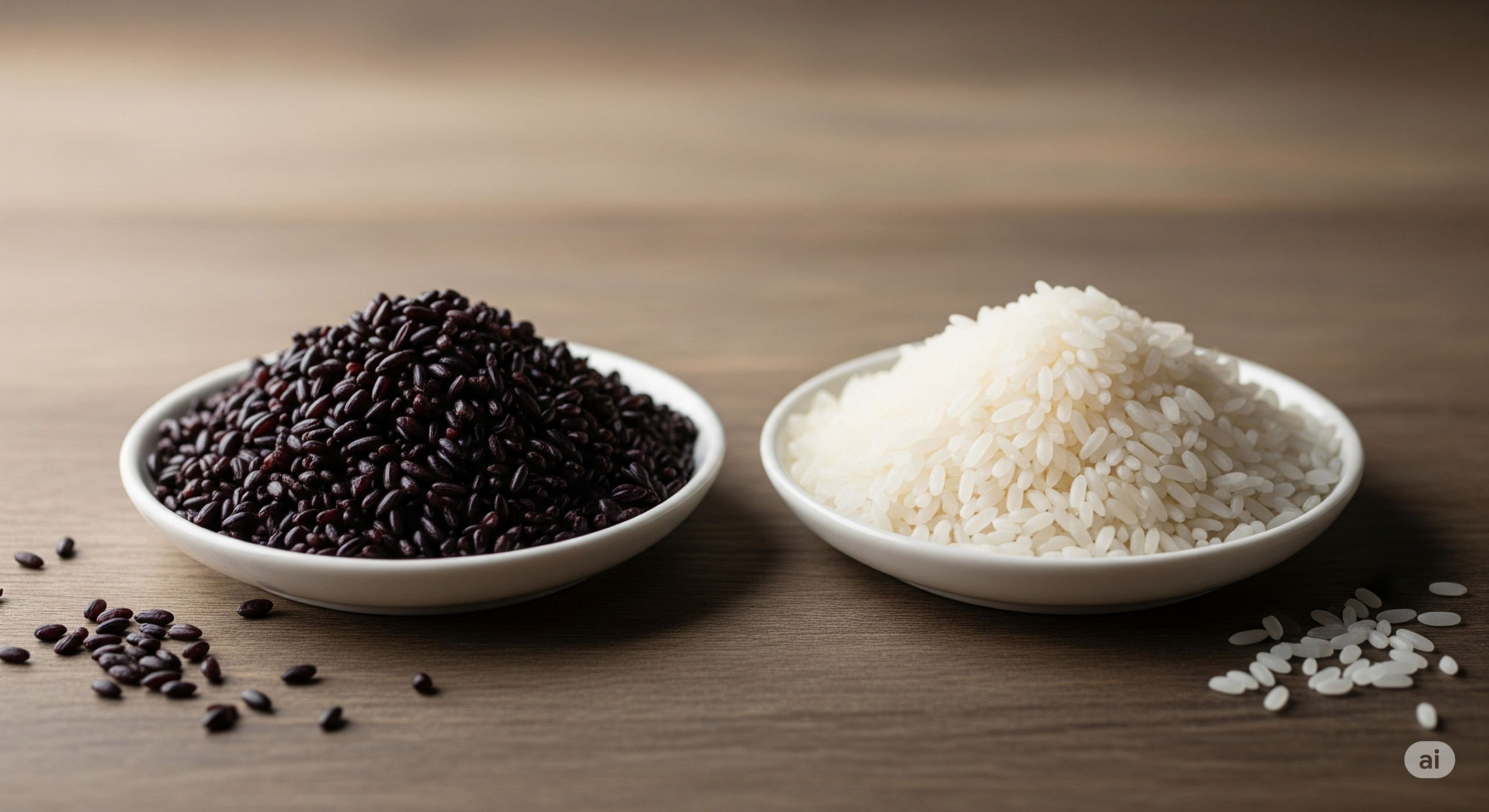
Since black rice is dark and rich in antioxidants, does mixing it with white rice provide no help for blood sugar control?
1. The Benefits of ‘Black Rice’ Black rice, also known as forbidden rice, is a grain so nutritious that it has been considered a medicinal rice since ancient times. The black bran layer of the rice is richer in a powerful antioxidant called ‘anthocyanin’ than even blueberries or black beans. This anthocyanin helps reduce inflammation…
-
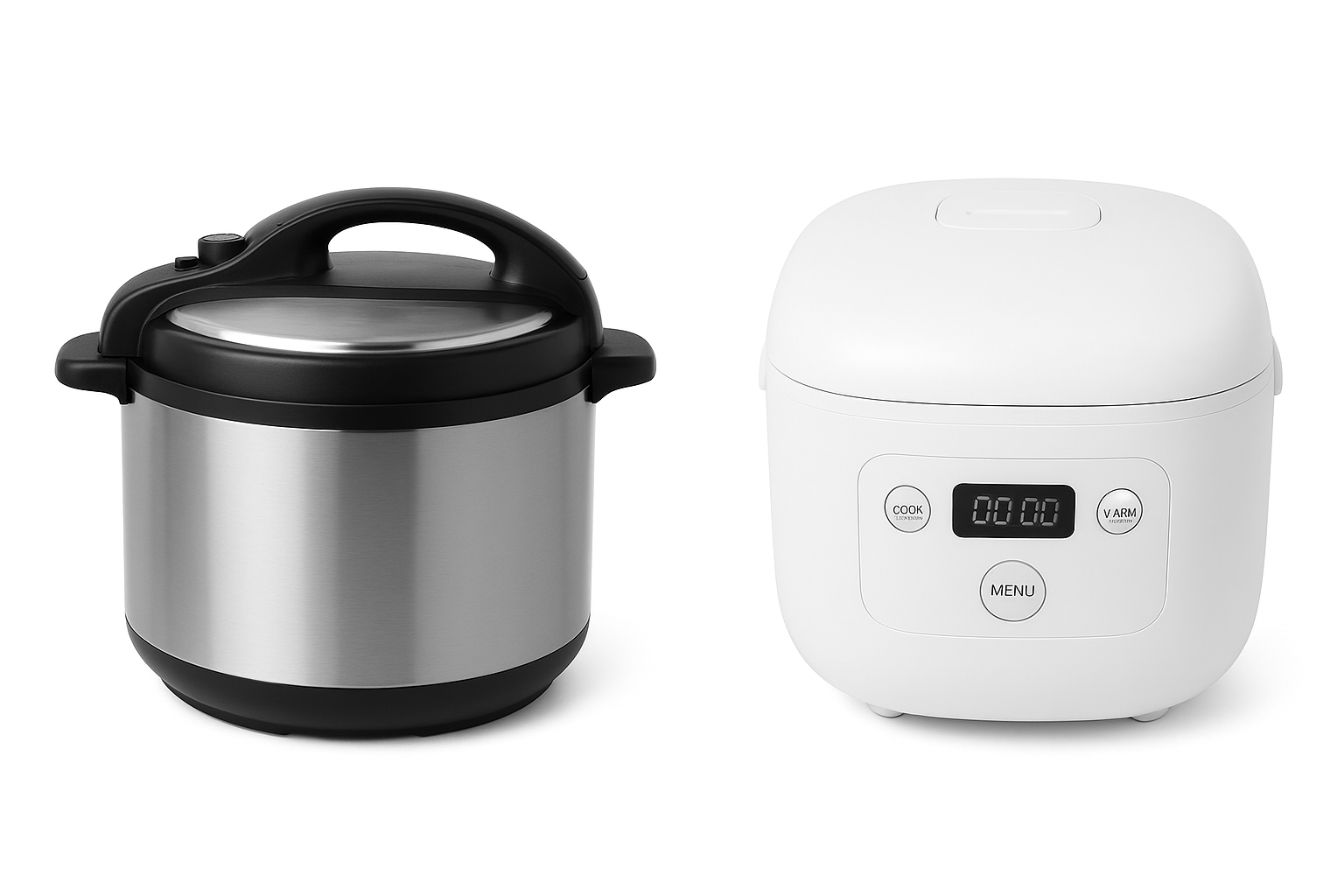
Can rice cooked in a pressure cooker, which is stickier and easier to digest, raise blood sugar faster than rice from a regular electric cooker?
1. The ‘Gelatinization’ Process that Determines Rice Taste When water is added to rice and heated, the starch within the grains absorbs water, swells, softens, and becomes viscous. This process is called ‘gelatinization.’ The better the gelatinization, the chewier and more delicious the rice becomes, and the easier it is for digestive enzymes to act…
-

Can ‘nurungji’ (scorched rice), with its moisture evaporated and carbs concentrated, raise blood sugar more than the same weight of regular rice?
1. How is Nurungji Made? Nurungji is created during the rice cooking process when the rice at the bottom of the pot is exposed to high heat, causing the moisture in the grains to evaporate and the starch to undergo the ‘Maillard reaction’ and ‘caramelization,’ turning it brown. This process creates its characteristic nutty flavor…
-
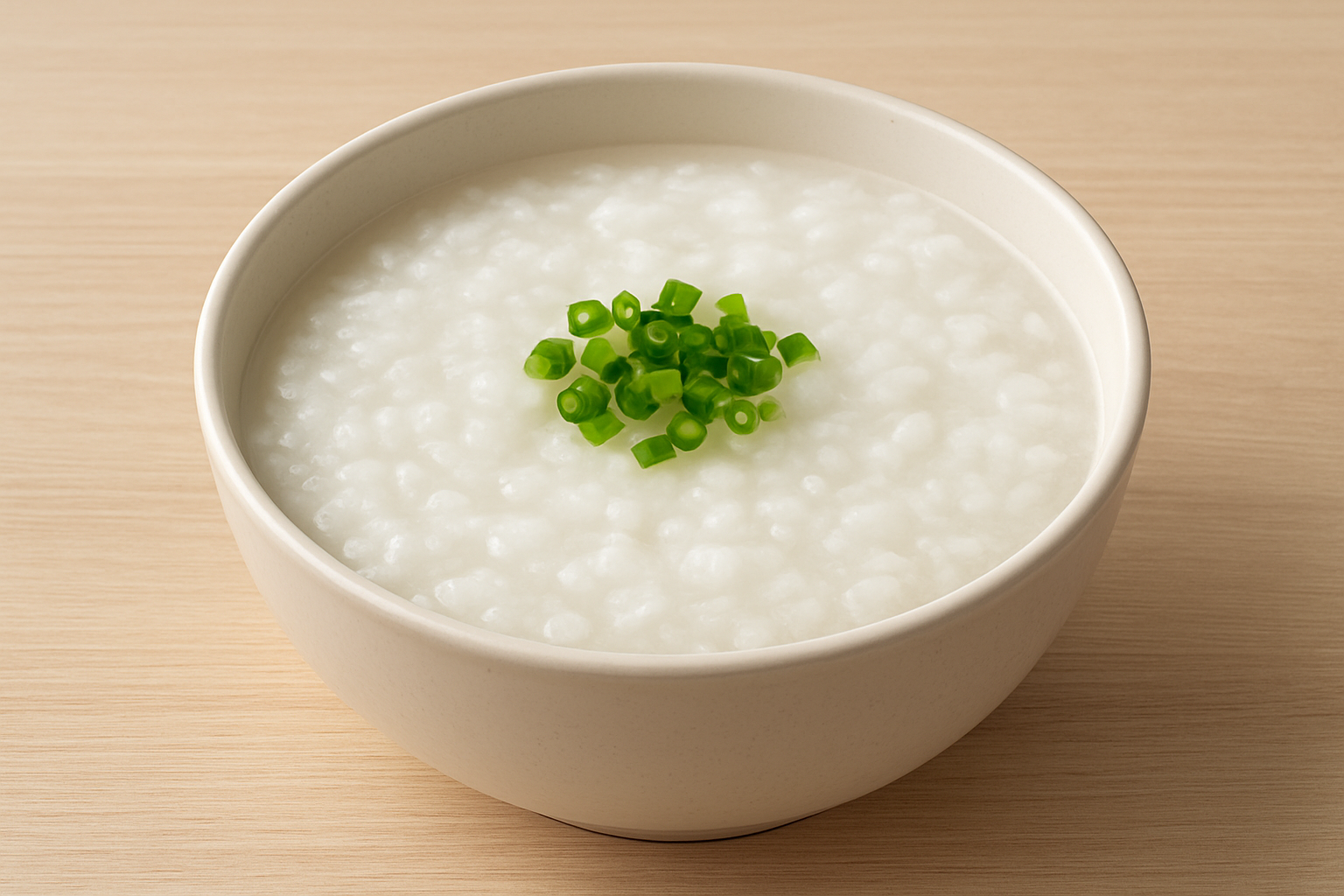
Is white rice porridge (juk), eaten when sick, so easy to digest that it raises blood sugar more slowly than the same amount of white rice?
1. The Meaning of ‘Easy to Digest’ When we say a food is ‘easy to digest,’ it means it doesn’t burden the stomach and is quickly absorbed in the intestines. While this is an advantage for patients with weakened digestive function, it can be a critical disadvantage for blood sugar management in people with diabetes.…
-

Does ‘Type 1.5 diabetes’ have an autoimmune cause like Type 1, but a slow, adult-onset pattern like Type 2?
1. The Diabetes Between Type 1 and Type 2 LADA (Latent Autoimmune Diabetes in Adults) is often called ‘Type 1.5 diabetes’ to make it easier for patients to understand. As its nickname suggests, it is a special type of diabetes that has characteristics of both Type 1 and Type 2, and is therefore easily mistaken…
DangTalk download | PESS Mining | PiSTORE | Naver Cafe
